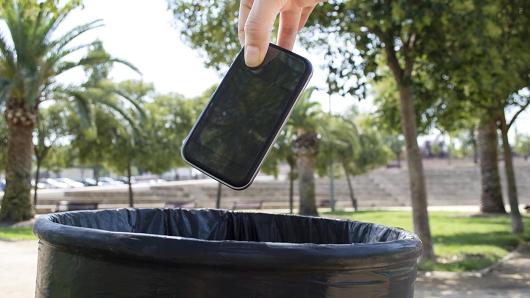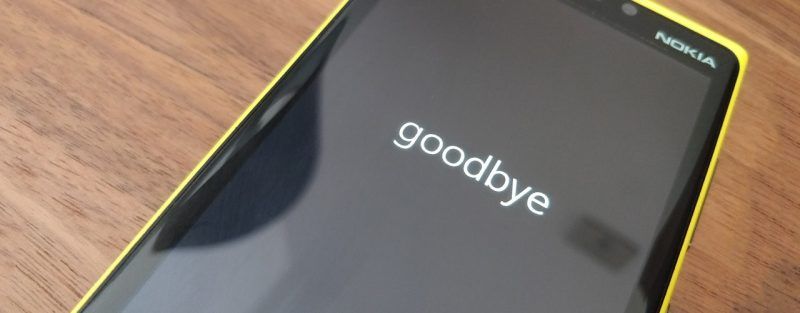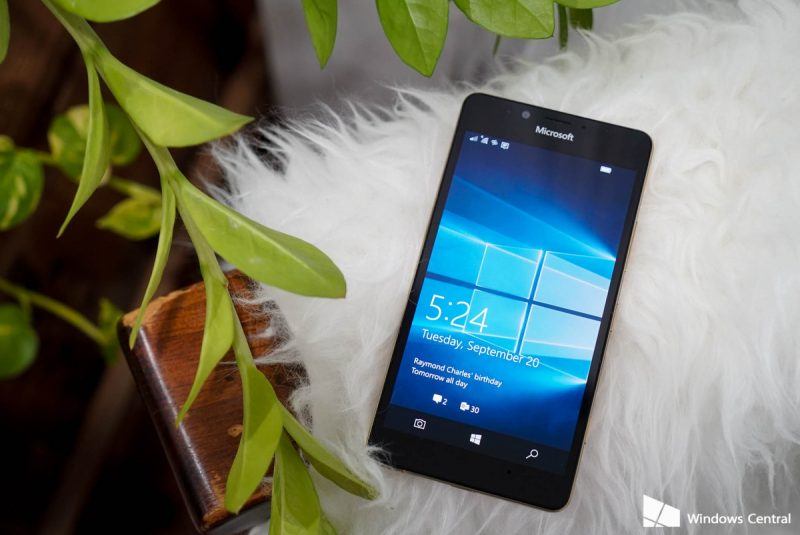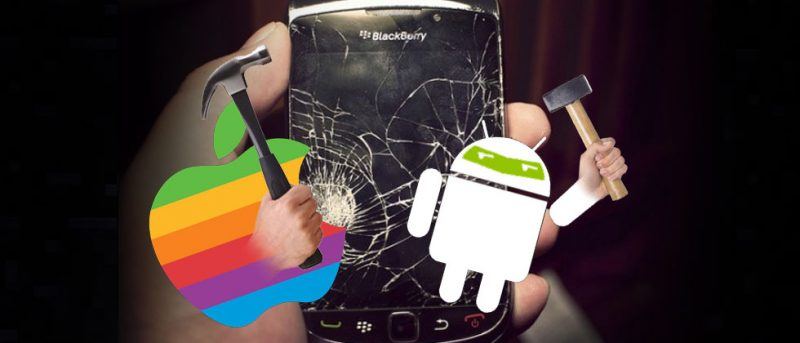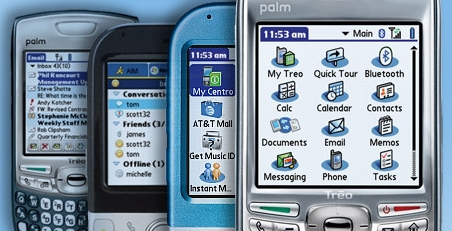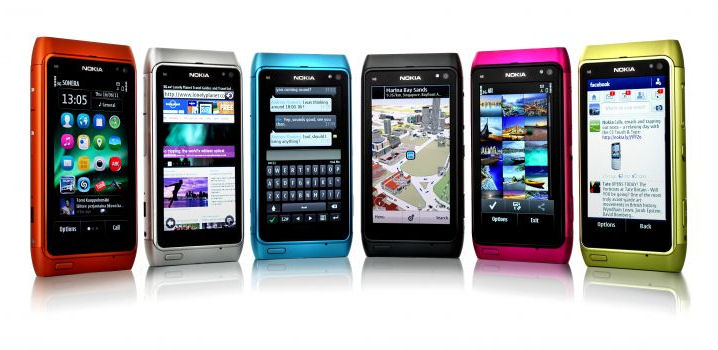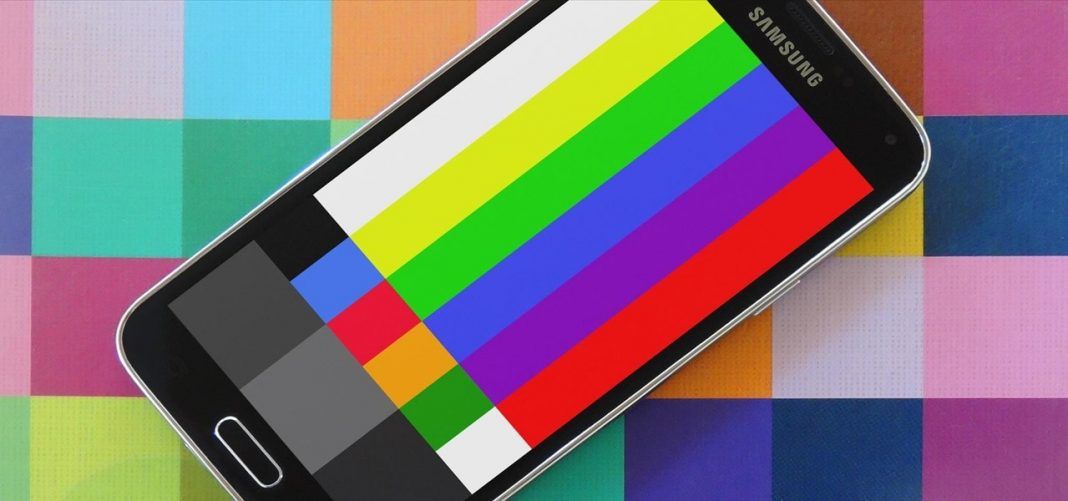
Technology is ever changing. What’s new and cutting edge today will be considered old and laughable tomorrow. But I can still remember how hot Nokia phones such as the Communicator were back in the day, and in that age when not everyone had a phone, having a smart phone like it was like owning a Ferrari.
These days, people carry cheap phones that are at least twice as powerful (though not as useful). Currently, iOS and Android rule the world with Windows 10 Mobile trailing at a distant third, maybe even on life support depending on Microsoft’s doctors of marketing. Let’s go back a bit and remember the mobile phone operating systems that will soon be subjected to a YouTube Kids React video.
Microsoft Windows Phone (October 2010 – July 2017) – is a recently departed entry in this list. Microsoft declared it dead on July 2017 leaving its few fans in the dust. Like most newborns back then, it looked cute, it looked fresh and lively with its colorful live tiles, but it suffered slowly. The OS died from a combination of malnutrition of third-party apps and attempted suicide when it transformed itself from Windows Phone 7 to Windows Phone 8.1, seemingly shedding off much of itself in a failed attempt at metamorphosis. Like a bee who tried to sting its competitors, its detached stinger still twitches in the form of Windows 10 mobile while the bee itself has already died.
Windows Mobile (April 2000 – May 2012) – was the predecessor to the failed Windows Phone. It was one of the dominant platforms during the first smartphone era sharing the pedestal with Palm OS. Windows Mobile started out as Pocket PC, then Windows CE and later Windows Mobile. The success of the Palm OS and the PDA in the early 2000s led to its creation, and it can be found in various devices such as the HP iPaq and O2 mobile phones. Both of which I tried out but failed in comparison to Palm’s devices like the Palm Treo. Palm itself adopted Windows Mobile in its phones appending a W to indicate the device uses Windows Mobile. The main selling point of Windows Mobile is the inclusion of mobile versions of Office.
Blackberry OS (January 1999 – November 2013) – Blackberry was hip. Blackberry was addictive as crack and blackberry was said to have gotten Megan Fox kicked out of the Transformers franchise. Blackberry was the best PDA/Phone recommended for business users for its native corporate email support.Email can be received through phone signals almost anywhere, something that can be achieved with today’s stronger 3G and widespread WiFi. iOS and Android ganged up on Blackberry OS in a dark alleyway and beat it up until it’s too weak to recover. Blackberry phones with the Blackberry OS been mostly killed off by now except maybe for my handy Blackberry Curve (no email and BBM, just a fan of physical keys). Blackberry as a company is making a comeback with phones that use Android. The Blackberry KeyOne has gotten good reviews lately as a recommended business phone for fans of physical keyboards or otherwise. It’s one expensive mother though. The last phone to use the Blackberry OS is the Blackberry 10.
Palm OS (1996-2007) – The circumstance of Palm’s death is a story of weakness, panic, and neglect. Before the advent of iOS and Android, Palm was king in the PDA/smartphone business followed closely by Windows Mobile. Apps? Both platforms had apps too. My favorites include the Spacewar Star Trek turn-based battle simulator, Bejeweled and DocsToGo. There’s also the NES emulator LJP. Again, I still keep my trusty orange-colored Treo 680 around as a backup phone enjoying the looks that I get whenever I use it amidst the Android and iOS crowd. I had a stylus before the Galaxy Note made it cool. I also enjoyed its simple character recognition Graffiti as well and used my Palm devices to record notes. In many ways, iOS, Windows Mobile, and Android owe their existence to Palm OS. Times were simple back then; a 160×160 screen is enough compared to today’s retina screens. Like the other operating systems listed here, it struggled to keep up with the popularity of iOS and Android, especially with developers. Though Palm had a lot of third party-support, they gradually turned to Apple and Google. HP bought Palm OS in an effort to become the third major mobile platform renaming it WebOS. But in a startling decision, let go immediately in a panic when sales of the Palm Pre and HP Touchpad sales didn’t turn out as expected after a few short months. WebOS now lives on in LG TV sets.
Symbian (June 1997-October 2014) – Symbian is mostly associated with the Nokia smartphones and feature phones of old. Before Palm and Blackberry, Nokia and Motorola were the phone industry leaders. Like Linux, Symbian is mostly a kernel given an interface by different manufacturers like Nokia, Motorola, and Sony. Apps and games mostly came through downloadable Java apps from various providers. Symbian was popular for up to 2010 until the major manufacturers announced their withdrawal in favor of Android. As for Nokia, their lack of focus on touch devices and sticking with Symbian lost them their market share. Nokia’s last Symbian phone was the Nokia Pureview 808. Symbian just made a major comeback with the Nokia 3310 which runs the Series 30+ OS. Not having experienced any of the cheap feature phones coming out lately, they’re probably running some form of Symbian as well. As a modern smartphone OS, it won’t be coming back anytime soon.


